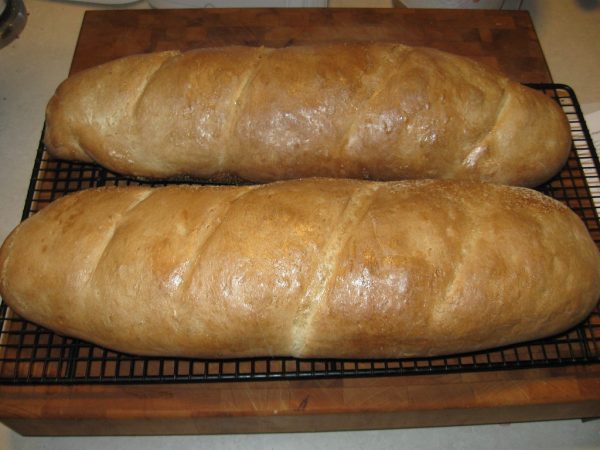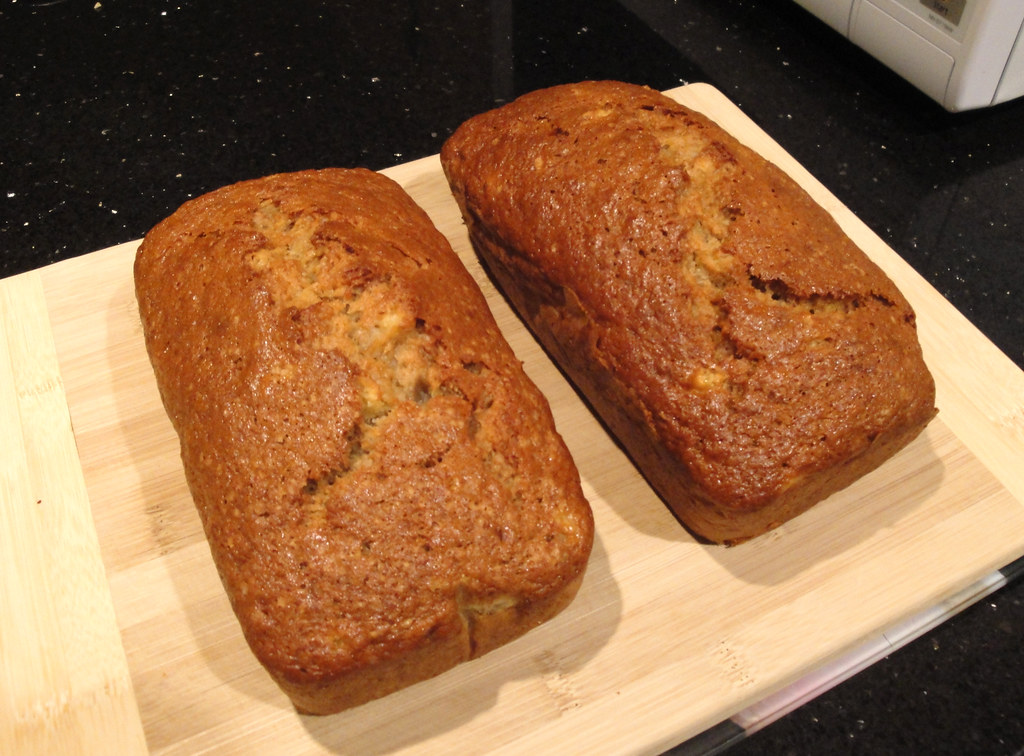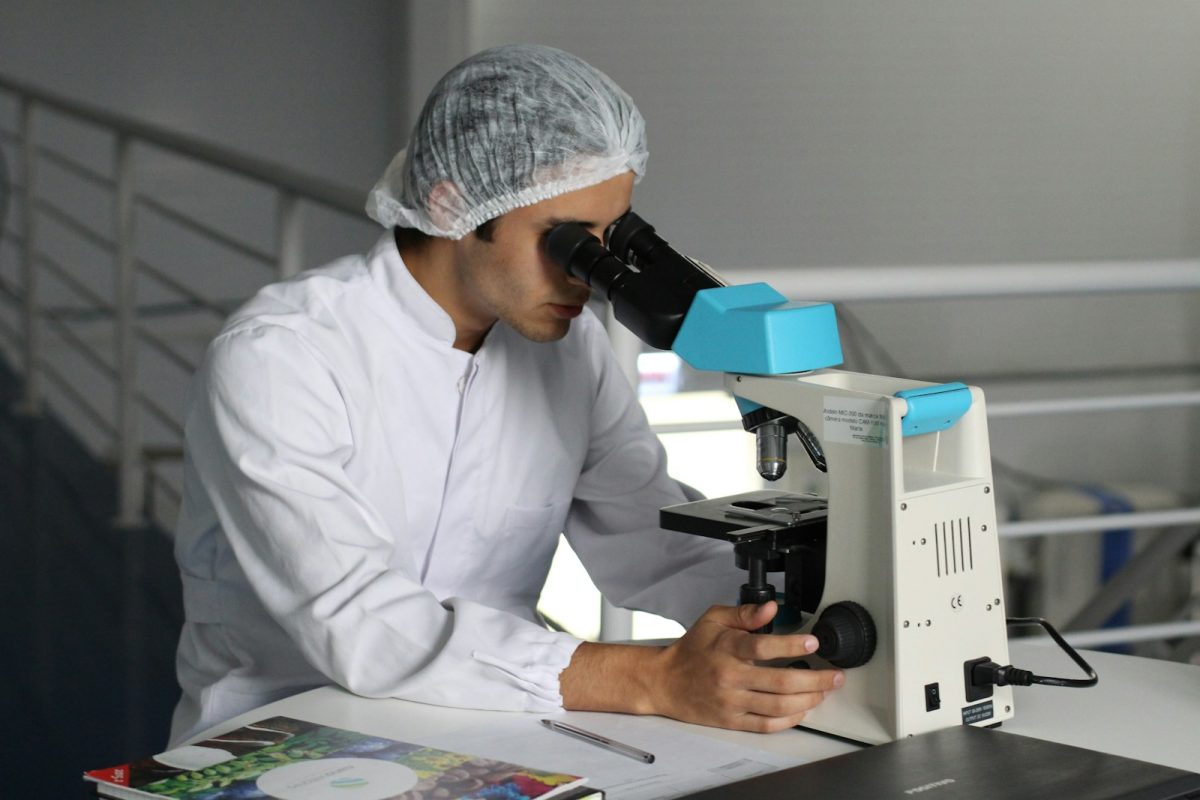 Bread was a big part of early human civilizations. It originated in the Fertile Crescent and spread from Europe to North Africa.
Bread was a big part of early human civilizations. It originated in the Fertile Crescent and spread from Europe to North Africa.
Charred crumbs of Natufian flatbread was found in a archeological dig site. It is predicted that these are the oldest people who ate bread and are roughly eleven thousand six hundred to fourteen thousand years old. These are the oldest scraps, but grinding stones have been found from around thirty thousand years ago. These grinding stones are thought of to have been used to grind flour and wheat for bread.
Breadmaking has also been predicted by scientists to have been an activity in Ancient Egypt a few thousand years ago during the Neolithic period. This was five thousand to six thousand years ago. Breadmaking back then also included soaking the wheat and flour in very alcoholic beverages.
The Mayans also had bread from a long time ago, it had corn and tortillas.
In the middle ages, a few centuries ago, especially in medieval Europe, bread was a pretty common staple food and a very delicious and popular table service.
In the eighteenth and nineteenth century bread was starting to get widely made and sold all over Europe and especially in America.
Bread making was especially starting to be industrialized at the start of the twentieth century.
At the onset of the 20th century, the process of bread-baking underwent industrialization. In 1912, Otto Frederick Rohwedder introduced a prototype bread-slicing machine, followed by the development of a functional machine in 1928 that not only sliced but also wrapped the bread.
In recent times, particularly in smaller retail bakeries, chemical additives have been employed to expedite the mixing process and reduce the required fermentation time. This allows for the preparation, rising, and baking of a batch of bread in less than three hours. Commercial bakers refer to dough that doesn’t need fermentation due to chemical additives as “quick bread.” The advent of commercial yeasts during the 19th century had a negative impact on sourdough, as it accelerated the baking process, making production much simpler. Common additives include reducing agents like L-cysteine or sodium metabisulfite, as well as oxidants such as potassium bromate or ascorbic acid. The latter ingredient is added to whole meal bread to enhance its softness. In the UK, calcium was added to flour to prevent rickets, a condition that was prevalent among women who participated in World War II.
However, in the 1980s, there was an increased demand for sourdough bread in the UK, leading to the establishment of regulations in 1993 to define the criteria for bread to be labeled as sourdough. In Germany, sourdough continued to be utilized for rye bread, even as commercial yeasts gained popularity.
Since 1986, home bread makers that automate the bread-making process have gained popularity among domestic consumers.
Related Stories:
https://eic.rsc.org/feature/the-fight-against-food-adulteration/2020253.article
https://grantsbakery.co.uk/blogs/posts/bread-the-most-important-thing-in-human-history
https://journals.openedition.org/civilisations/1353
Take Action:
https://www.freshfarm.org/get-involved/donate












